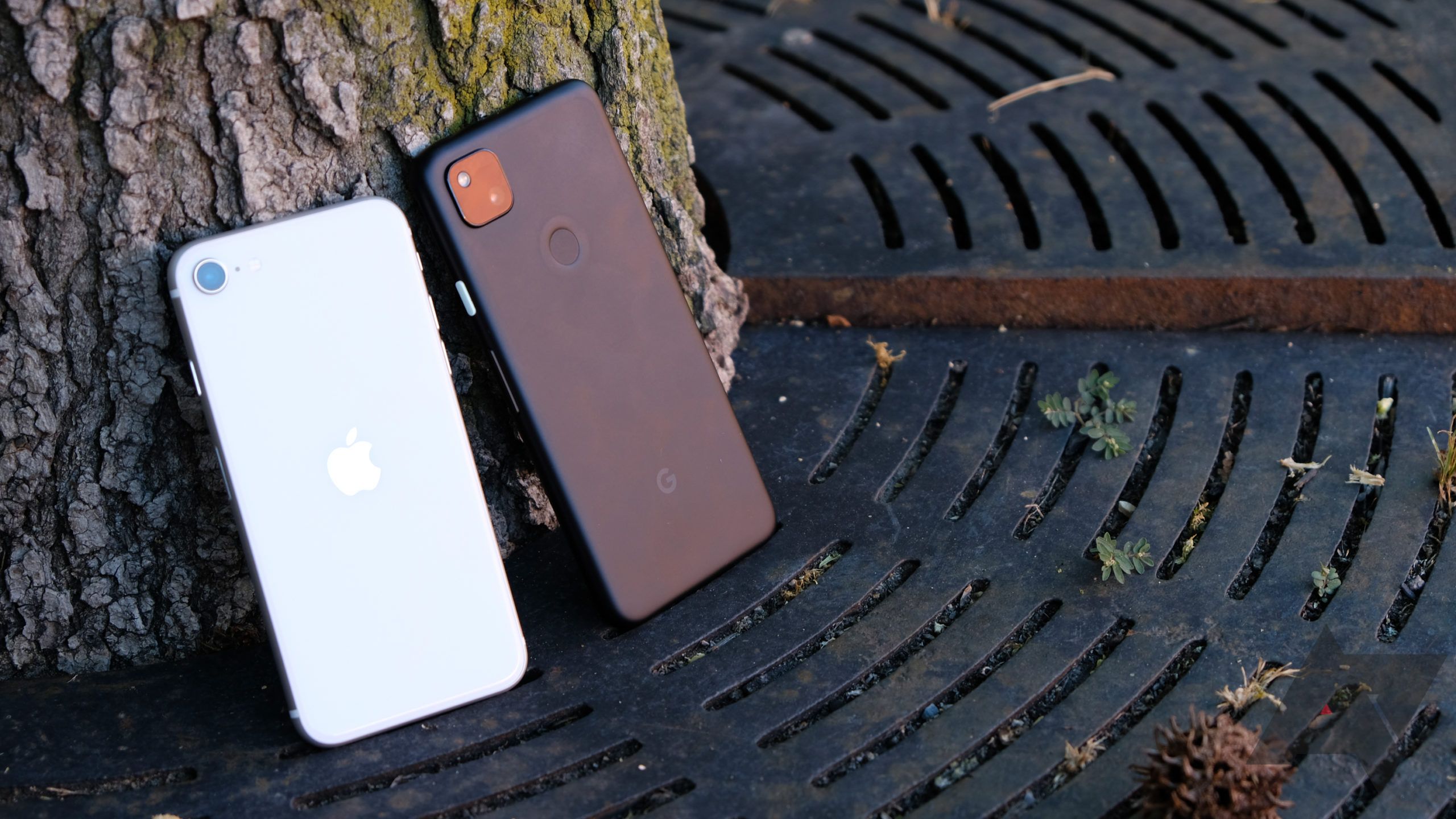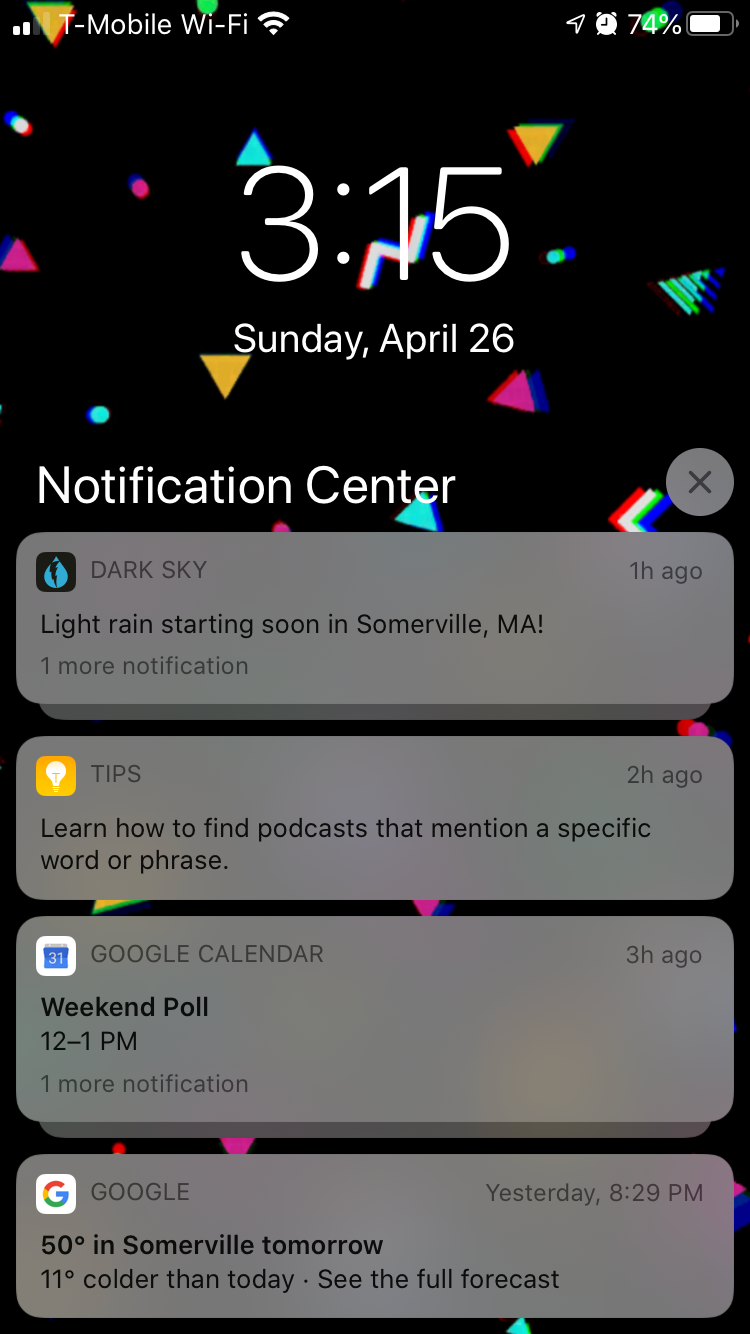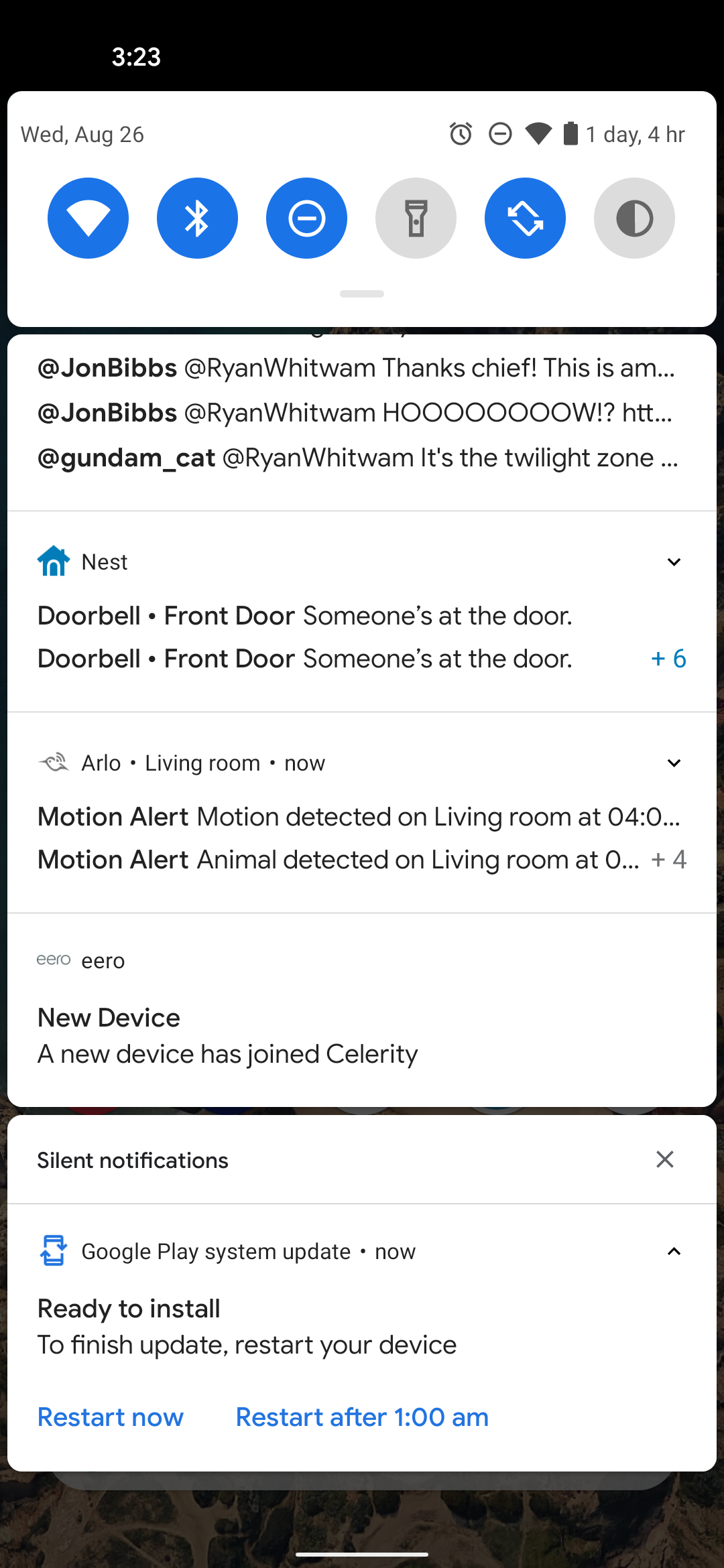Putting Android and iOS side by side in the smartphone arena has never been easy. While big software differences still separate the platforms in fundamental ways, even things like hardware just don't mean the same thing when you're comparing an iPhone to an Android phone. Even for us—people who are generally familiar with both—it can be difficult at times to explain what can sound like subtle contrasts end up painting two wildly different pictures. We obviously have a clear agenda when it comes to which platform is better, even if the 2020 iPhone SE seriously wowed us. But with the Pixel 4a, Google fired back in a more effective way than I think any of us had necessarily predicted. The 4a is a truly great smartphone, and while it wasn't an easy call, we feel comfortable saying it bests Apple's offering in 2020 for most people.
This isn't some by the numbers hands-off comparison, I've actively used each of these devices back-to-back. They're both objectively great phones, and while your priorities might ultimately arrive at a different judgment than mine, I've tried to include all of my own impressions separately so you can come to your own conclusion based on your own values.
Build Quality
When it comes to industrial design and physical quality, the iPhone SE spanks the Pixel 4a easily. The SE has an IP rating, aluminum frame, handy hardware ringer switch, wireless charging and a much better feel in-hand overall. It even comes in three different colors, if you want yours to stand out. The Pixel 4a, on the other hand, has a flimsier plastic body, no IP rating, no wireless charging, only comes in boring black, and has an undeniably cheaper feeling, though it does charge with a more universal USB Type-C port compared to the iPhone's obnoxious and proprietary "Lightning" connector.
The SE is also smaller, and that can be a good or a bad thing. I personally prefer the ever-so-slightly larger size of the Pixel 4a — which is almost the perfect size for a phone, in my opinion — but I also have large hands. Folks that enjoy smaller phones or who have smaller hands may prefer the SE.
The Pixel 4a does have one physical advantage over the SE that could sway some customers, though: a headphone jack. While folks dropping $1,000 flagships are apparently fine with spending another one or two hundred bucks on headphones and Bluetooth audio adapters, it's more of an imposition at this price point, and it's nice getting the Pixel 4a and knowing you won't have to spend 1/4 the cost of your phone on a pair of headphones to go with it when you upgrade.
Lastly, while it doesn't matter one bit for this comparison, the power and volume buttons on the Pixel 4a are the most pleasantly clicky of any phone I've used, like little crushable capsules of dopamine. Just had to mention it.
Specs
While I think this subject is pretty clear-cut, it does depends on what you value more and are willing to compromise on. The iPhone SE beats the Pixel 4a in terms of specs and speed, but if you're willing to settle when it comes to pure processing power — and you're definitely settling there with the Pixel 4a, don't fool yourself — other details like the Pixel 4a's very nice OLED display, better battery life, and double the storage space for $50 for less are points in its favor.
The iPhone SE is a very, very fast phone, and Apple's A13 Bionic soundly spanks not just the mid-range chipset in the Pixel 4a, but every SoC in every Android phone period. That doesn't just mean it's faster and better for gaming now in 2020, it also means it will age much more gracefully over time.
That said, I like the taller, slightly sharper, edge-to-edge OLED screen on the Pixel 4a more than the smaller, 16:9, bezelicious IPS display on the iPhone SE. The Pixel 4a also has a much longer-lasting battery, and 128GB base storage for $100 less than the 128GB SE is a nice touch. If those details matter more to you than pure power or gaming performance, and if you plan on upgrading before speed (or updates) become a problem, then the Pixel 4a could be a better bet. Still, I think that the 2020 iPhone SE has better hardware overall.
Camera
The 2020 iPhone SE's camera is no slouch, especially for the price, but the Pixel camera is very hard to beat. While I find photos from the SE to be perfectly fine and more than acceptable for almost anyone, the Pixel 4a is still better.
Partly this is a matter of taste and preferring the Pixel's image processing, but it's also just objectively better in certain circumstances, like more challenging lighting. It also has features like Night Sight, an astrophotography mode, and a handy power button camera shortcut that the SE simply lacks.
Pixel 4a left, iPhone SE right, for all images above and below.
More critically, the Pixel 4a is willing to accept slightly more noise to preserve details, while the SE can be a bit muddier on a crop. The SE also has slightly more aggressive edge sharpening for enhanced contrast and "pop," and while dynamic range on the iPhone is objectively pretty good, it's not as great as Google's 4a. The iPhone SE is simultaneously more likely to overexpose, but also crush the detail in shadows of mostly well-lit scenes that the Pixel can usually save — always interesting to see given the Pixel's habit of slightly underexposing images.
That said, sometimes I find the SE picks a slightly more accurate color balance or temperature than the 4a, and in extreme low-light, it turns the tables and can pull a bit more detail from shadows than Google's processing can — outside the Pixel 4a's Night Sight mode, anyway — though that's at the cost of muddier processing.
Left to right: iPhone SE, Pixel 4a, Pixel 4a Night Sight. The iPhone SE can't do Apple's "night mode."
Unarguably, general camera performance comes down to taste. But even so, the Pixel 4a has some extra features that make it better in our minds on top of our subjective preference for its photos.
Software
Come on, we're the Android Police, I'm not going to recommend iOS over Android to our readers. We think Google's operating system is better, period.
Whether you consider us an objective source or not, there are a lot of things about Android that make it easier to do work, and Apple's notification system on iOS feels a solid decade behind the curve. While I love the simplicity of Apple's software at times, we're an enthusiast site, we're not afraid to get our hands dirty, and we both need and want the extra integrations, customization, Android's ease of handing content between apps, and the flexibility of setting our own app defaults.
Left: Bad notifications. Right: Better notifications.
But there's one big benefit to owning an iPhone that even Android fanboys can't contest: Updates. The Pixel 4a is only guaranteed to get software updates until August 2023. Apple doesn't explicitly promise it out to a specific date, but the company has provided around five years of software updates for its iPhone models. If Android's greater freedom and flexibility don't matter to you, then this could be enough to swing the SE in your favor regardless of anything else on this list.
Ignoring the basic operating system differences, there are also other benefits to Pixel ownership, like automatic call screening (super useful with how bad spam is right now) and the fast on-device Google Assistant, which is miles more useful than Siri.
All that said, if you're used to and invested in iOS, I'd honestly recommend against making the switch. Apple is very good at locking its customers into its ecosystem — even as it refuses to provide alternatives for things like the App Store. If Apple has you captive through its various deep platform integrations and other Apple products and services, you should probably just stick with what you know and ignore this point (and, frankly, all Android devices) entirely.
Price
I'm convinced Google was paying attention when sites (including us) prognosticated doom and gloom for the Pixel 4a after the iPhone SE's release. While it was too late to change the phone's hardware details, there were two ways Google could avoid being sidelined: increasing base storage or decreasing price. Well, Google did both, undercutting last year's Pixel 3a and the 2020 iPhone SE by $50 while delivering double the storage of both at 128GB.
This is a roundabout way of saying the Pixel 4a at $349 is notably less expensive than the base storage 2020 iPhone SE at $399 when bought outright. And if you compare the 128GB versions of both phones at $349 vs. $449, the 4a clocks in at $100 (or 22%) cheaper, which is a pretty big difference. That said, carrier promotions and contract pricing will vary, as will sale prices.
So which should you buy?
The iPhone SE is a very good phone at a very good price, but we think the Pixel 4a is still better. And, whether you believe us or not, that's even ignoring our opinion when it comes to the Android vs. iOS distinction. But it doesn't matter if you consider us objective on that subject or not, other features like the lower price, doubled storage, better camera, better battery life, headphone jack, and screen all work in the Pixel 4a's favor. The SE is unarguably faster, has a physically better build with an IP rating, wireless charging, and it will get updates for a whole lot longer (which is a pretty big deal), but having used both, I still prefer the Pixel 4a.
That's our opinion, your priorities may differ. And if you don't want to be forced into upgrading after 2-3 years, the iPhone is the only way to go. While I wish Android manufacturers didn't treat old phones as disposable and brought us updates as long as Apple does for its customers, it's not enough in our mind for the SE to beat the Pixel 4a — though it definitely comes close.
But my value judgments aren't yours. Which one "wins" depends entirely on what you're after in a phone, and I hope our comparison helps with your own decision.



